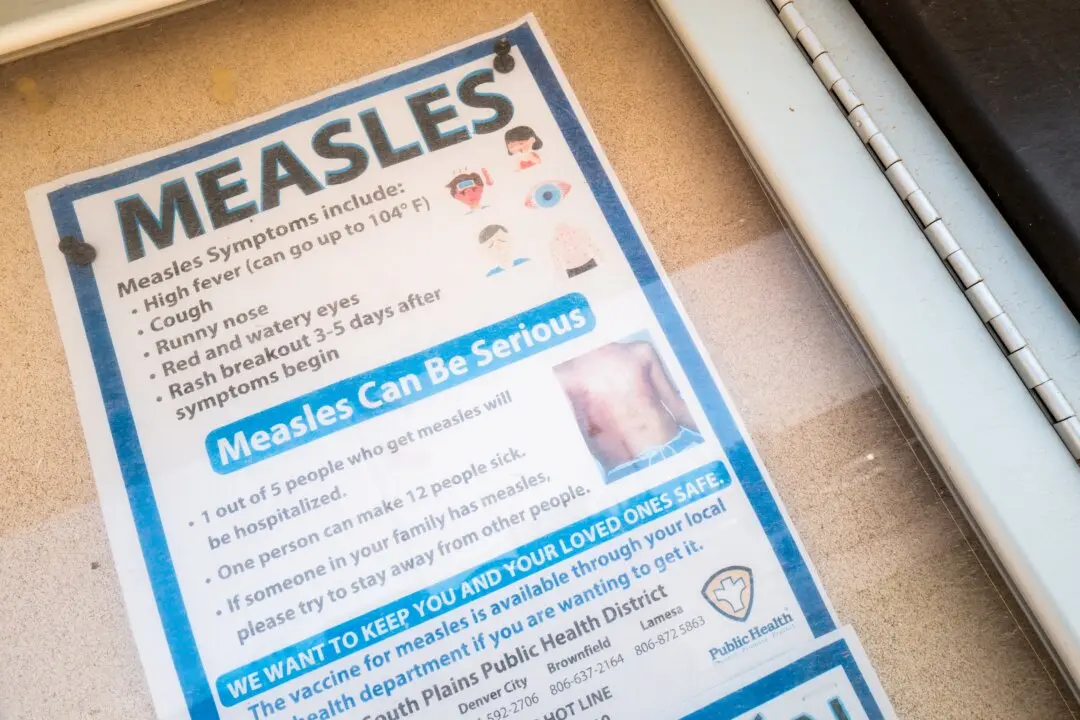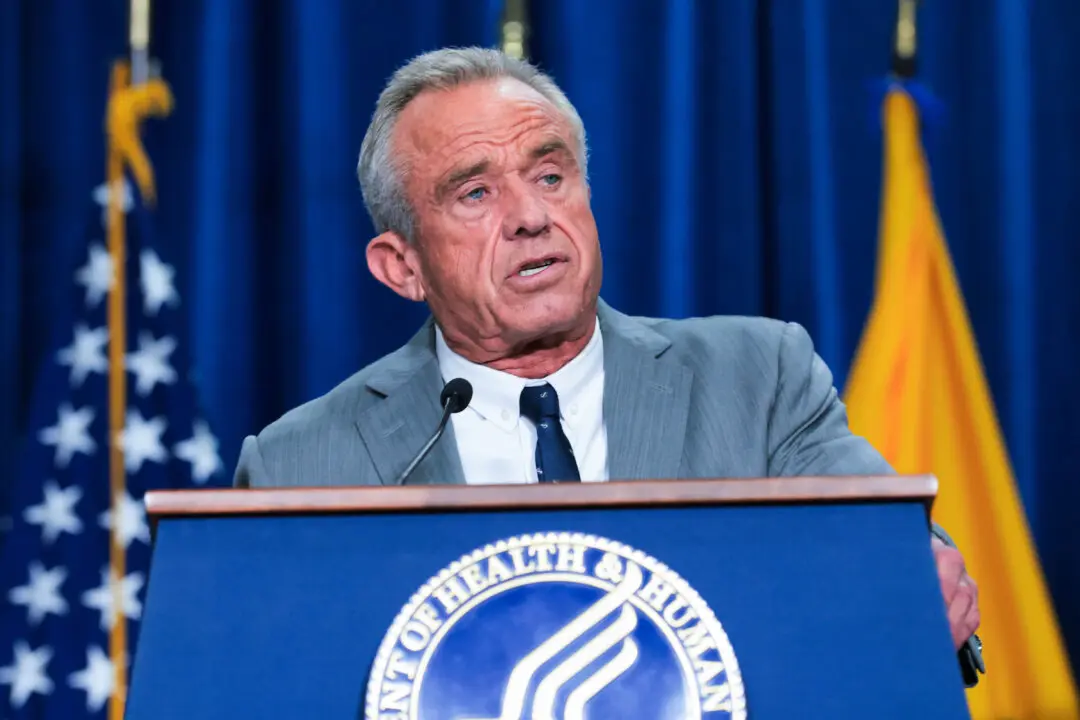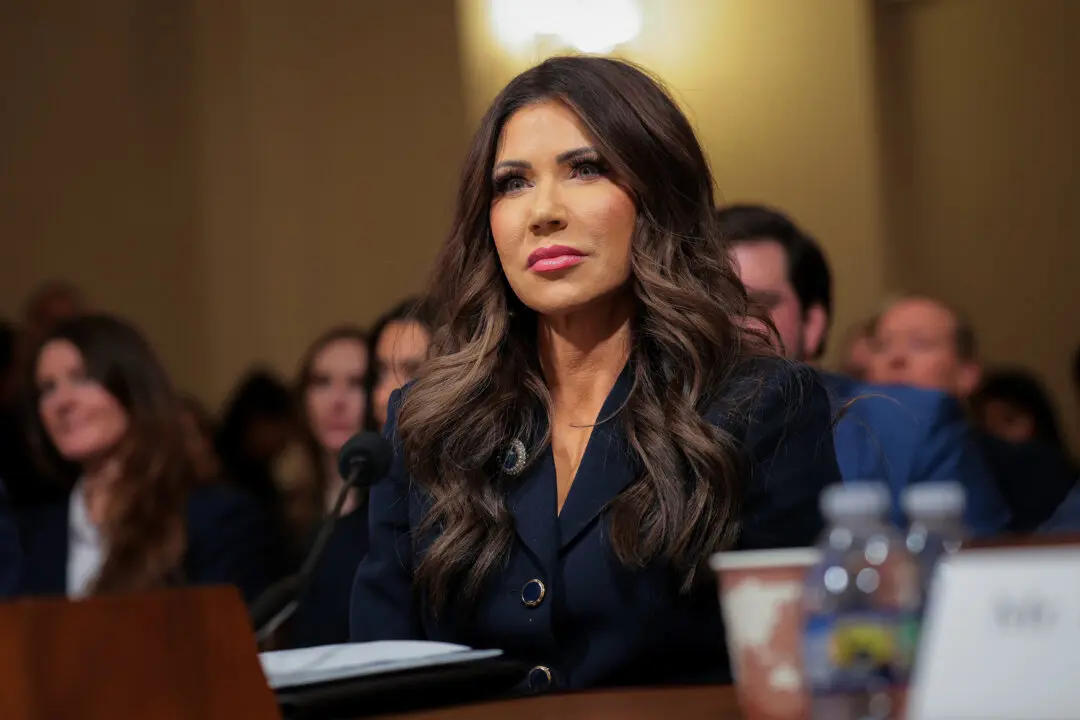At a briefing in Washington Thursday night, President Donald Trump commented on disinfectant and ultraviolet light.
The briefing featured a Department of Homeland Security official discussing findings from the department’s laboratory that found sunlight, heat, and humidity appear to weaken the the CCP (Chinese Communist Party) virus, a novel coronavirus that emerged from mainland China last year.





